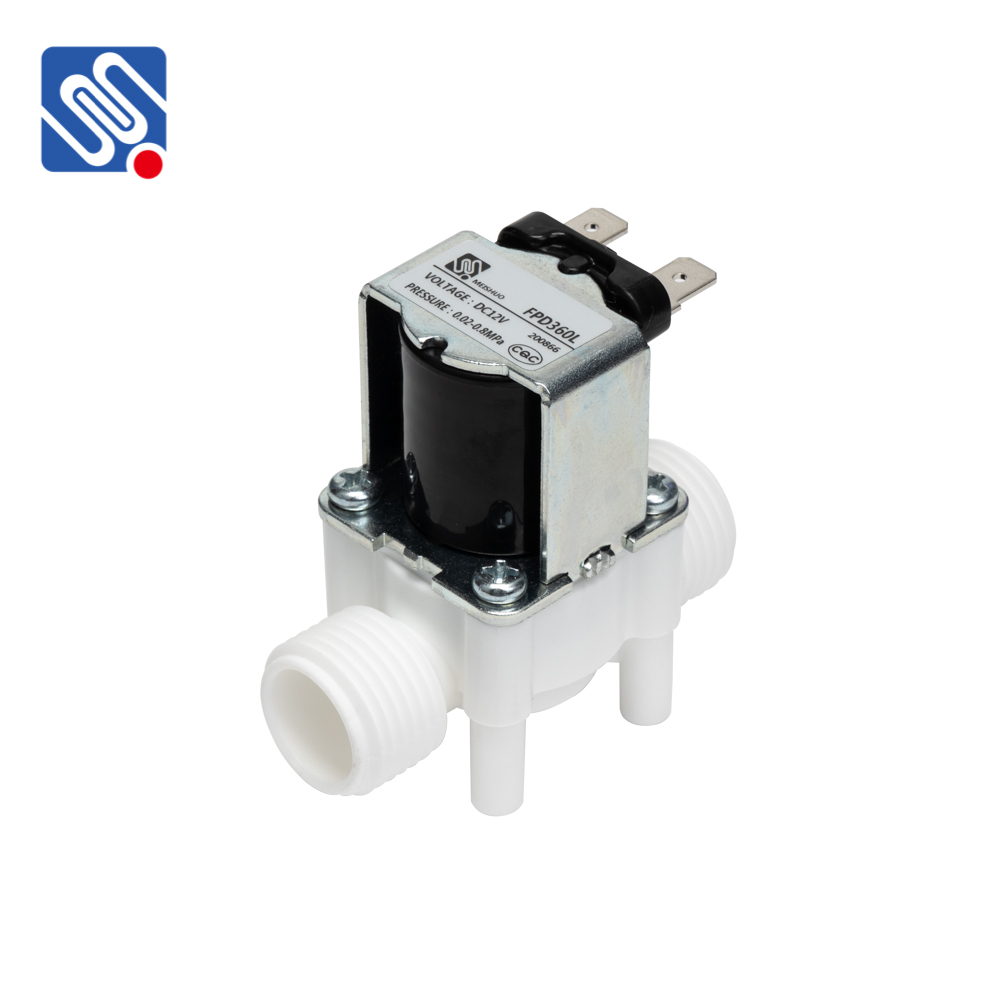An AC solenoid valve is an electrically operated valve that uses alternating current (AC) to control the flow of liquids or gases in a variety of applications. These valves are essential components in many automation and fluid control systems due to their speed, reliability, and efficiency. This article explores the working principle, common applications, and advantages of AC solenoid valves.

Working Principle of AC Solenoid Valves The AC solenoid valve consists of several key components: the solenoid coil, valve body, valve core, spring, and seals. The solenoid coil is the heart of the valve, through which an alternating electric current passes. When current flows through the coil, it generates a magnetic field that either pulls or pushes a plunger or core inside the valve body. This movement opens or closes the valve, allowing or blocking the flow of fluid. When the AC power supply is turned on, the solenoid coil is energized. This causes the valve core to shift from one position to another. If the solenoid valve is normally closed (NC), the valve opens when the solenoid is energized. If the valve is normally open (NO), it closes when the solenoid is energized. The spring mechanism inside the valve ensures that it returns to its default position when the solenoid is not energized, thus preventing leakage or unwanted flow.